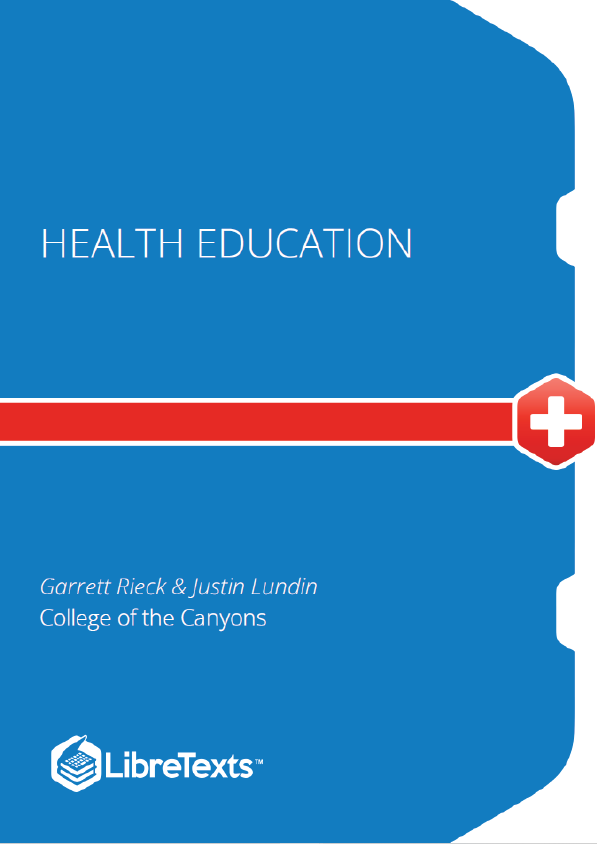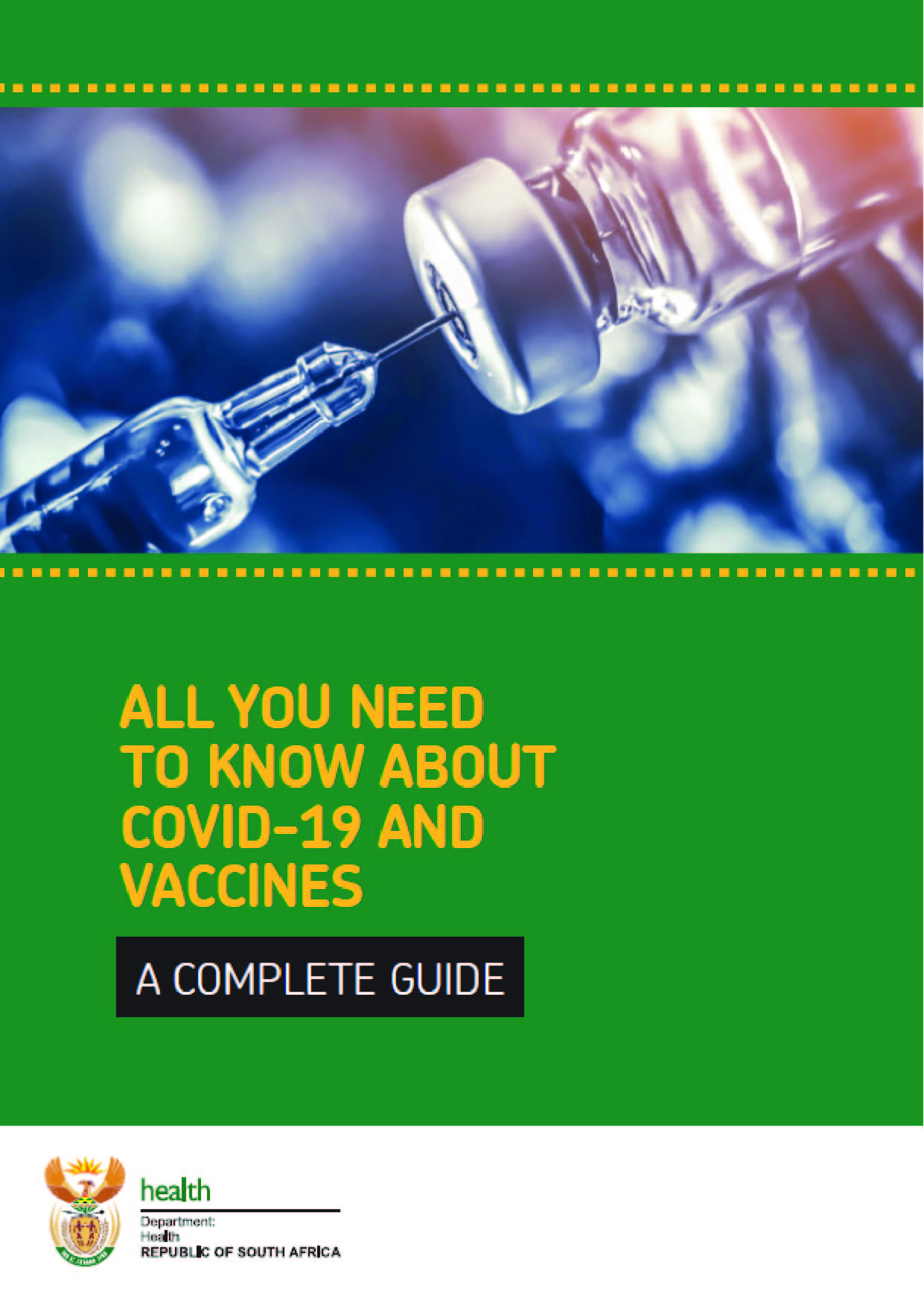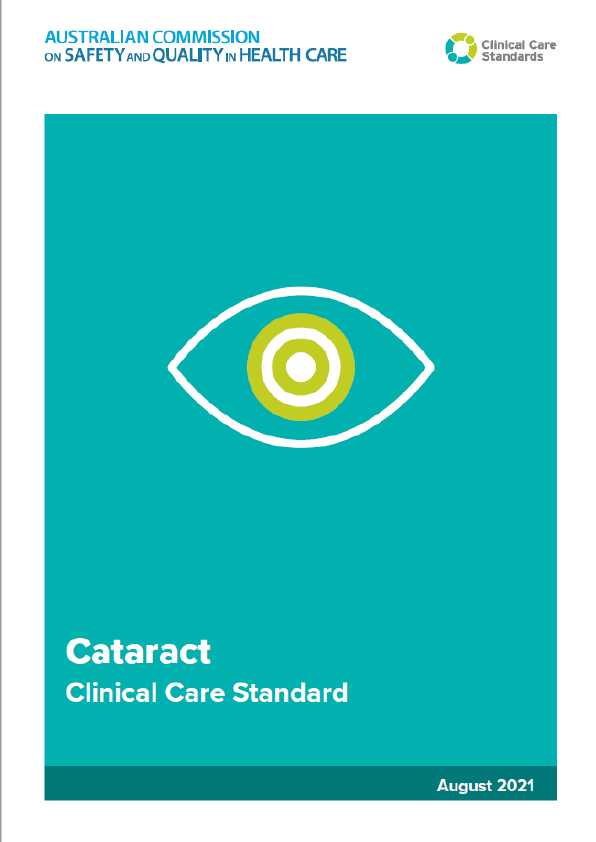Introduction to Health
In this section, readers will learn about the nature of health, health education, health promotion and related concepts. This will help to understand the social, psychological and physical components of health.
Levels of Disease Prevention
Prevention includes a wide range of activities — known as “interventions” — aimed at reducing risks or threats to health. You may have heard researchers and health experts talk about three categories of prevention: primary, secondary and tertiary. What do they mean by these terms?
Primary prevention aims to prevent disease or injury before it ever occurs. This is done by preventing exposures to hazards that cause disease or injury, altering unhealthy or unsafe behaviors that can lead to disease or injury, and increasing resistance to disease or injury should exposure occur. Examples include:
- Legislation and enforcement to ban or control the use of hazardous products (e.g. asbestos) or to mandate safe and healthy practices (e.g. use of seatbelts and bike helmets)
- Education about healthy and safe habits (e.g. eating well, exercising regularly, not smoking)
- Immunization against infectious diseases.
Secondary prevention aims to reduce the impact of a disease or injury that has already occurred. This is done by detecting and treating disease or injury as soon as possible to halt or slow its progress, encouraging personal strategies to prevent re-injury or recurrence, and implementing programs to return people to their original health and function to prevent long-term problems.
Examples include:
- Regular exams and screening tests to detect disease in its earliest stages (e.g. mammograms to detect breast cancer)
- Daily, low-dose aspirins and/or diet and exercise programs to prevent further heart attacks or strokes
- Suitably modified work so injured or ill workers can return safely to their jobs.
Tertiary prevention aims to soften the impact of an ongoing illness or injury that has lasting effects. This is done by helping people manage long-term, often-complex health problems and injuries (e.g. chronic diseases, permanent impairments) in order to improve as much as possible their ability to function, their quality of life and their life expectancy. Examples include:
- Cardiac or stroke rehabilitation programs, chronic disease management programs (e.g. for diabetes, arthritis, depression, etc.)
- Support groups that allow members to share strategies for living well
- Vocational rehabilitation programs to retrain workers for new jobs when they have recovered as much as possible.











